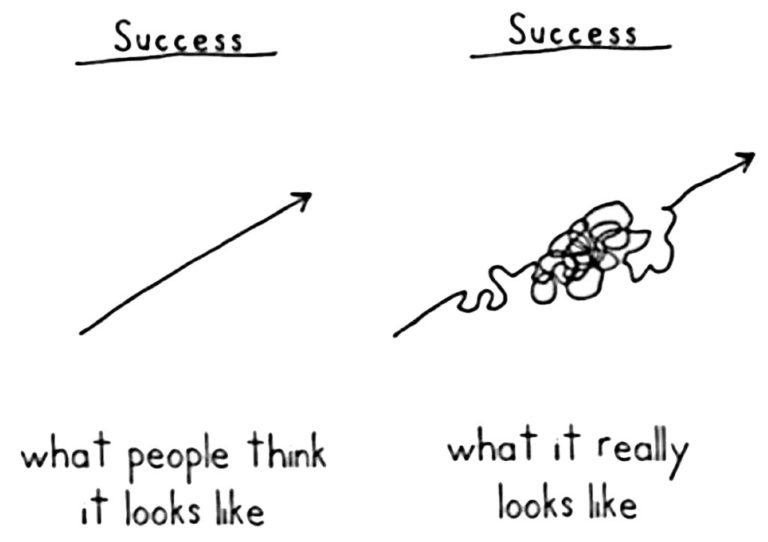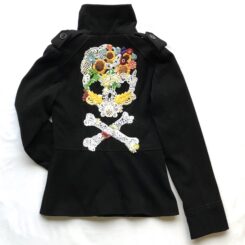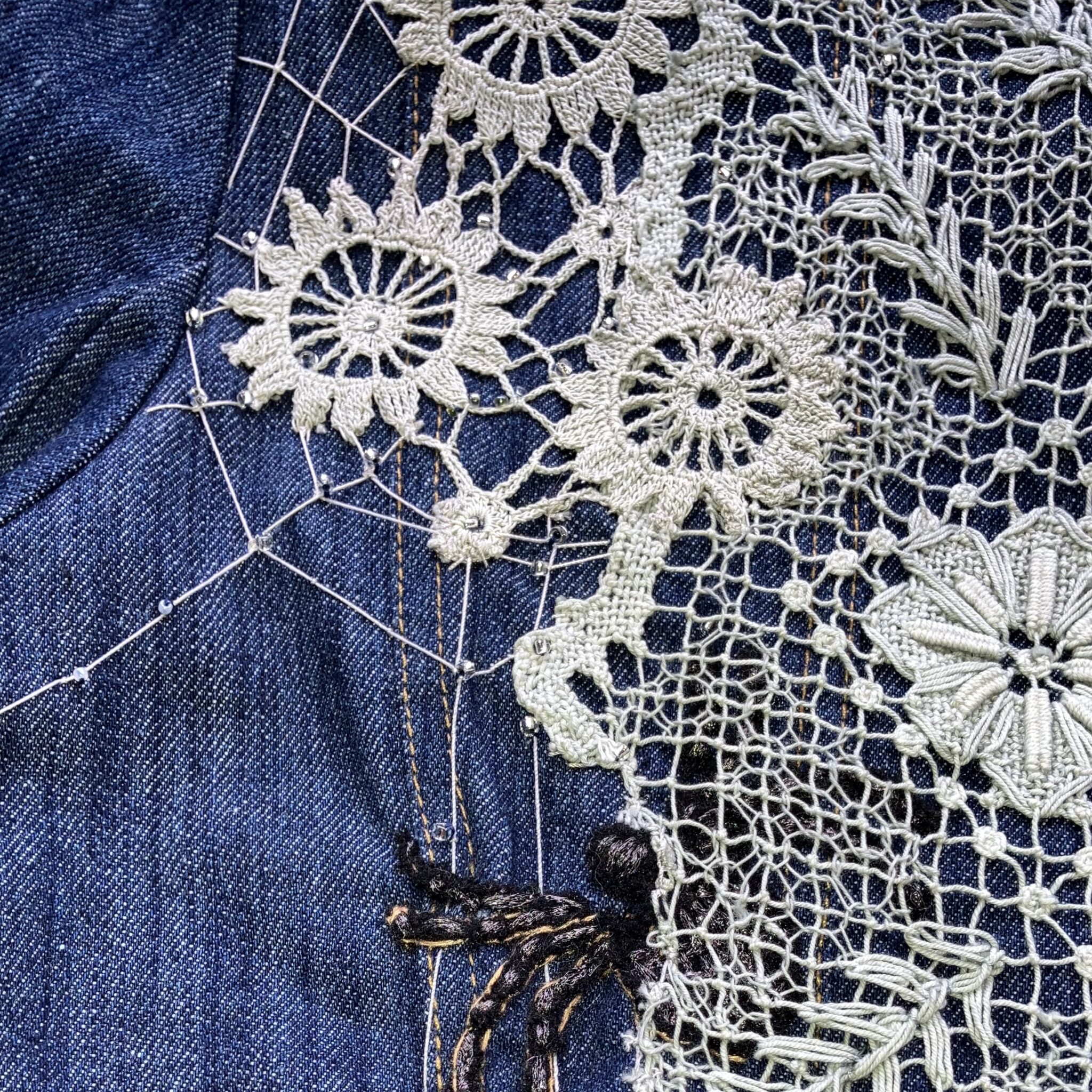No products in the cart.
You just need to learn something.
“…for other non-Māori, your ancestors have stories that deserve to be told, wisdom that deserves to be shared, songs to be sung, crafts to be remade, creatures to revive. You don’t need to know everything, you just need to learn something…” (thedigitalmaori @threads.net)
Hi, I’m Angel, and despite what the label says, This IS my blog, and those ARE my jackets.
There’s a whole rack more, waiting to be finished (watch this space) and a secret pile more that we pretend not to know about.
In the rest of my life, I’m fairly standard: I have a husband, a grown up child, a deep faith, a hybrid car, a wicked sense of humour. I’m kind, I have great shoes and I give fantastic hugs. I’ll pick the red gummy airplane every time. I smile all the way home when a complete stranger’s dog acts like he likes me.
But for the rest of the time? Jackets. It’s jackets all the way down.

Don’t feel sorry for me – I’m fully aware that this is kind of an odd thing for a grown woman to do with her time. It’s okay. Art is like that.
Ooo, you’re clever. I could never do that…
The more I learn, the more comfortable I become with not being ‘the smartest person in the room’. I don’t really know anything about many things, and knowing that gives me so much room to experiment. Trust me on this.
It’s super easy to learn something if you’re willing to make mistakes and look a bit stupid. You can get good at almost anything, if you don’t mind being useless at it for a long time.
Impatience and shame are terrible reasons to quit.
Once upon a time, I couldn’t do that, either
A year or so ago, I was invited to learn to weave korowai, traditional Māori cloaks.
The first thing I learned was, a kakahu is not a korowai any more than a tabby cat is a tiger. Specifically, korowai are made from muka, flax and are usually adorned with tassels rather than feathers. They demand a high level of skill and take a great deal of time.
Starting out using mop string and Spotlight feathers, I was definitely at the tabby cat end of the scale.
That’s how this round of “you’re so clever…” began – with me being absolutely useless. I started with cheap materials, with an implied expectation of, and less penalty for, mistakes. I had skilled and patient tutors, and found enough humility to accept correction, and go back to do it again, better. By the end of the year, I was able to present small kahu hurhuru to a few wahine toa, heroic women and one full length cloak for kura kohatu, the unveiling of a headstone.

Somewhere in the middle of this, I became aware* that even though I was invited in and made welcome, this Pakeha woman was standing in a space that more rightly belonged to tangata whenua, indigenous people. It was time for me to step aside.
I am so grateful for that time. It was an incredible experience. I wove aroha, love and kotua, esteem into every knot, mindful of the recipient and the turning point honoured in the gift.
Can I find a way to echo that in a Pakeha context? A garment that represents a covering that for big feelings and special occasions?
There are garments specific to times and places – graduation robes, a wedding dress, uniforms of various kinds – but I’m struggling to find something with more broader application. While I keep looking, I’ll enjoy experimenting here.
Fashion fades, denim is forever
Many people remember their first denim jacket. Quite a few still have it. True, a denim jacket isn’t exactly the right thing for formal occasions, but I’d argue that there’s often one there in life’s great moments: first date, first heartbreak, that unforgettable hangover, the night under the stars – your denim jacket. IYKYK
That question sparked the joke that started the brand that lead to this blog: Not My Jacket
I don’t actually think the denim jacket is the right garment, but I haven’t found a better one. Yet.
I’m very interested to know your thoughts!
*to be very, very clear, no one did or said anything that made me feel this way. It’s just. When you know better, you do better. And now I know better.
also, IYKYK? If you know, you know.














